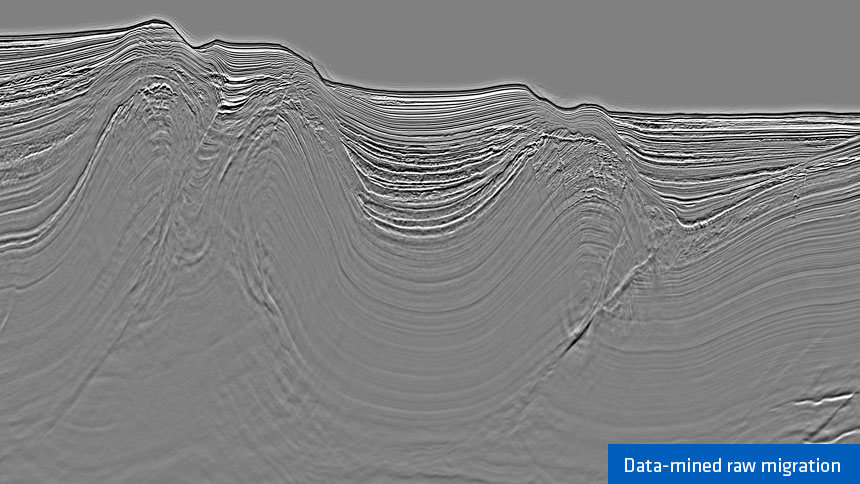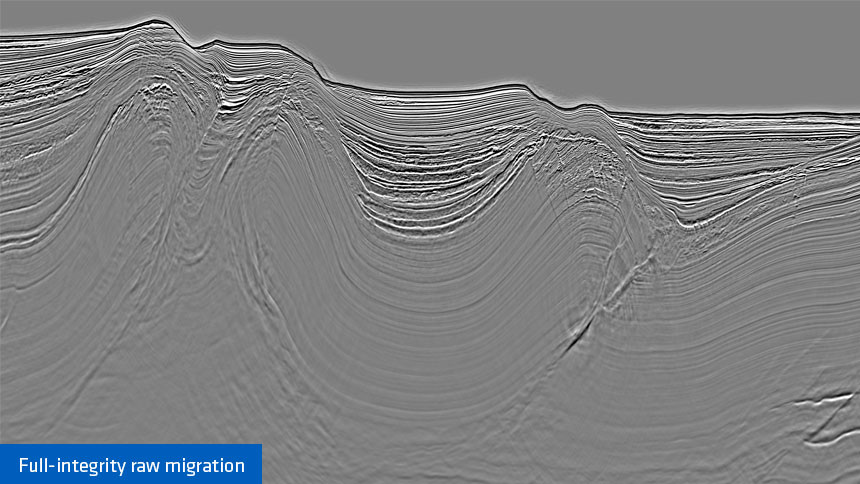The primary focus of automation in seismic processing is to remove human intervention using creative and pragmatic machine learning. It is a growing aspect of our industry, as seismic contractors investigate and implement new and innovative ways to reduce the time it takes to deliver data.
Marine seismic datasets contain highly redundant information, so data analytics and machine learning-based solutions should provide opportunities to reduce turnaround and improve confidence levels on output data volumes.
- Read the full paper 'Automation of marine seismic data processing'
An example from Malaysia demonstrates that a collectivized digital experience database can be mined to fully parameterize several consecutive processing steps without human intervention (refer to the figure below). An efficient QC system is correspondingly necessary to validate such an approach, and a supervised learning example of efficient denoise QC is demonstrated as being a potentially efficient platform for using all of the data acquired to augment better acquisition QC decisions in less time. It presumably heralds the way to similarly augment more efficient QC for other steps in a typical processing flow.
Automated parameterization validated with efficient and robust QC platforms is also particularly relevant for automated velocity model building (VMB), as data conditioning is inevitably required before VMB; including full waveform inversion (FWI). Although FWI represents the pinnacle of model building VMB for many practitioners, considerable scope still exists for pragmatic non-FWI inversion solutions to augment faster processing workflows. Correspondingly, an efficient wavelet-based beam migration platform was shown in a large proof-of-concept study to accurately recover depth velocity models using Monte Carlo-based tomographic inversion of moveout residuals, even when the starting model was significantly wrong.
The examples in the The Leading Edge paper illustrate that a lot is already within our reach, and the development of embedded feedback loops would improve the level of automation further.
Contact a PGS expert
Please contact a member of our Asia team for more information.

